Continental crust
Type of resources
Topics
Keywords
Contact for the resource
Provided by
Years
Formats
Representation types
Update frequencies
-
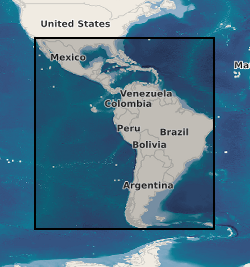
A GEOROC (http://georoc.mpch-mainz.gwdg.de/georoc/) compilation of 8,531 analyses of SiO2, Rb and Sr concentrations, in crustal rocks sampled in central and southwestern America, at sites of various crustal thickness. These data were used in Dhuime et al. (2015, Nature Geoscience 8, 552-555) to establish a positive correlation between Rb/Sr (or SiO2) and crustal thickness in sites of generation of new continental crust. GEOROC - Geochemistry of Rocks of the Oceans and Continents
-
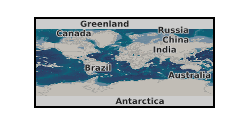
Isotope analysis data. Project details: The continental crust is our only archive of Earth history; not just of the crust itself but of the hydrosphere, atmosphere and biosphere, and of the deep Earth through its interactions with the crust. This archive, like the rock record itself, is incomplete and much effort is focused on interrogating the crust to gain a clearer and more complete picture of Earth history. The continental rock record is episodic with, for example, ages of igneous crystallization, metamorphism, continental margins, and seawater and atmospheric proxies distributed about a series of peaks and troughs that in part correspond with the cycle of supercontinent assembly and dispersal. At the core of the debate is what these well-established peaks of ages in the geological record represent and how they develop. The peaks of ages correspond with periods of global assembly of continents to form supercontinents. The project will address whether the peaks of ages are primary features associated with supercontinent assembly or break up, or they are they secondary features representing greater preservation potential at the times of supercontinent assembly. Our work will focus on the Rodinian supercontinent cycle, which extends from initiation of convergent plate interaction around 1.7 Ga, to continental collision at 1.1-1.0 Ga during the Grenville orogeny, to final breakup of the supercontinent by 0.54 Ga. Detrital zircons from sedimentary units throughout the supercontinent cycle provide a record of the magmatic activity for which the igneous rocks are often no longer preserved. We will determine (i) the ages ranges of magmatic activity preserved in the sedimentary rocks in the 600 Ma pre-collision phase, and (ii) how and when the distinctive Grenville peak of ages developed by comparing the zircon record from samples pre-, syn- and post- Rodinian supercontinent assembly with estimated volumes of magma and numbers of zircons produced during the same interval. This will differentiate primary generation processes from secondary processes, constraining when the dominant age peak developed, the tectonic processes that operated, and hence the method by which it developed. The wider implications of when the continental crust formed are considerable. Studies of continental growth continue to uncritically assume that the geological and isotopic record provide insight into processes of crust formation. Until it can be established whether the record is the outcome of generational or preservational processes, or a combination of both, then drawing conclusions on this fundamental question in the Earth Sciences are premature. If the record is a preservational record then this impacts on understanding continental growth through time and on secondary questions of how the crustal record is used to unravel the temporal evolution of the hydrosphere and biosphere, and the distribution of mineral deposits.
-
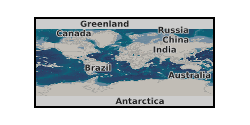
A worldwide compilation of 14,261 analyses of Nd, Sm, Rb and Sr concentrations, and Nd and Sr isotopes, in crustal rocks with a range of crystallisation ages. These data were used in Dhuime et al. (2015, Nature Geoscience 8, 552-555) to calculate the variation in the 'time integrated' Rb/Sr ratios of the new (i.e. juvenile) continental crust as a function of its Nd model age of formation.
-
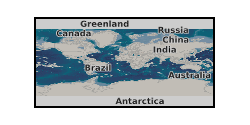
A worldwide compilation of 645 analyses of Sm and Nd concentrations, and Nd isotopes, in fine-grained continental sedimentary rocks with a range of deposition ages. These data were used in Dhuime et al. (2017, Sedimentary Geology 357, 16-32) to calculate the variation in the Nd model age of fine-grained continental sediments as a function of their age of deposition.
-
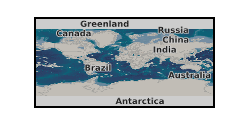
A worldwide compilation of 333 analyses of U and Pb concentrations in olivine-hosted melt inclusions from island arc magmas. These data were used in Delavault et al. (2016, Geology 44, 819-822) to calculate the present-day distribution of the U/Pb ratios in magmas generated in subduction setting.
-
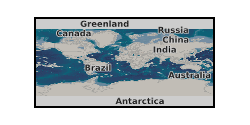
A worldwide compilation of 189 analyses of U and Pb concentrations in olivine-hosted melt inclusions from ocean island magmas. These data were used in Delavault et al. (2016, Geology 44, 819-822) to calculate the present-day distribution of the U/Pb ratios in magmas generated in intraplate setting.
 NERC Data Catalogue Service
NERC Data Catalogue Service